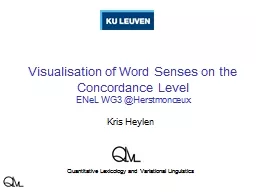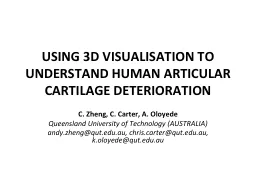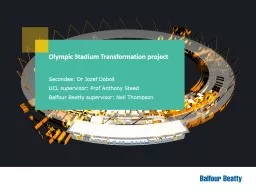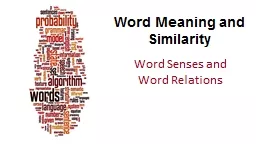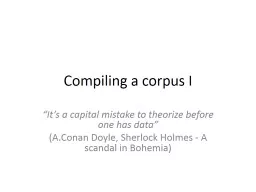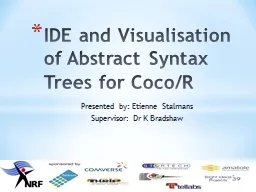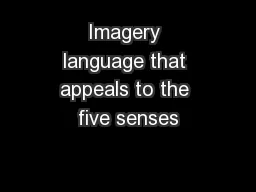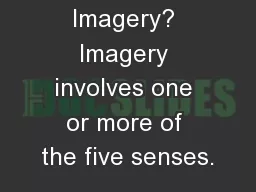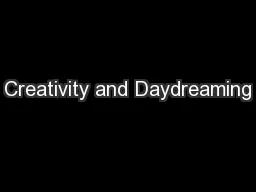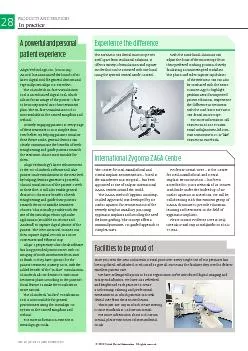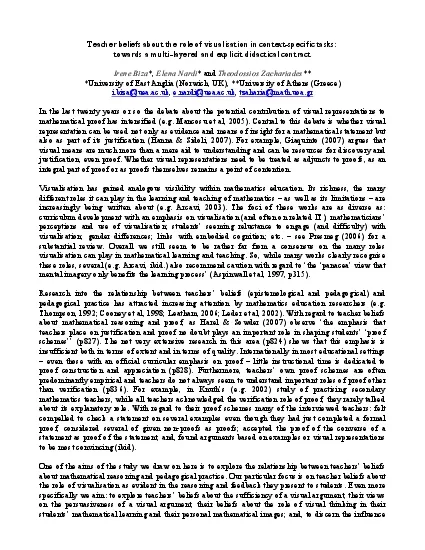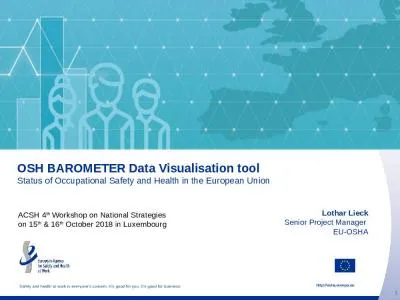PPT-Visualisation of Word Senses on the Concordance Level
Author : yoshiko-marsland | Published Date : 2016-09-18
ENeL WG3 Herstmonceux Kris Heylen Quantitative Lexicology and Variational Linguistics Visualising Senses Collocates vs Concordances Visualisation of senses through
Presentation Embed Code
Download Presentation
Download Presentation The PPT/PDF document "Visualisation of Word Senses on the Conc..." is the property of its rightful owner. Permission is granted to download and print the materials on this website for personal, non-commercial use only, and to display it on your personal computer provided you do not modify the materials and that you retain all copyright notices contained in the materials. By downloading content from our website, you accept the terms of this agreement.
Visualisation of Word Senses on the Concordance Level: Transcript
Download Rules Of Document
"Visualisation of Word Senses on the Concordance Level"The content belongs to its owner. You may download and print it for personal use, without modification, and keep all copyright notices. By downloading, you agree to these terms.
Related Documents

